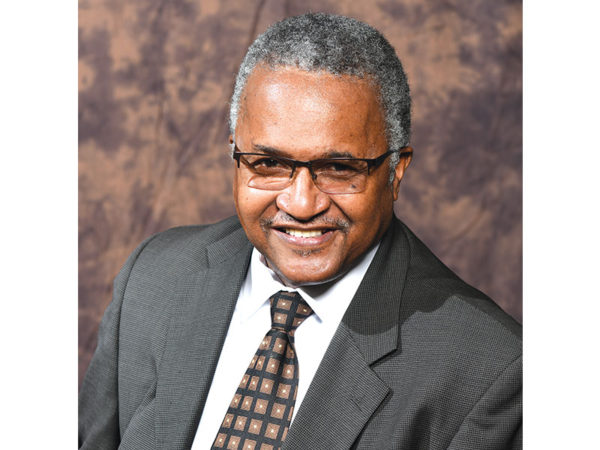How easily we forget!
For nearly forty years I have written about the need for local history to be taught as part of the standard Louisiana History courses in school. The idea was entertained but never embraced by any of those involved in the educational system for two reasons; it would require the system to produce its own study materials and secondly, none of the information would improve the school system’s overall letter grade from the state.
So Black history month in our community gets to be a time when children learn the stories of Martin Luther King, Rosa Parks, Barack Obama, Montgomery, Selma, and Birmingham, but very little about their own home town.
We teach children about famous national black entertainers, but not about those from our own city such as Ivory Joe Hunter, who wrote hundreds of songs that were hits across the United States including “Since I met you baby” which was his biggest hit. Neither will they learn of Toussaint McCall a songwriter, Barbara West a great singer, or the famous movie star Man-Tan Martin; all Monroe natives.
The Civil Rights protests of the 1960’s were sparked by a militant young man named Huey P. Newton who founded the Black Panther Party. Newton is a Monroe native.
One of the greatest basketball players in NBA History is Bill Russell. As a member of the Celtics, he won eleven NBA Championships. Today at age 85, Russell is regarded as NBA Royalty. However, the fact that he was born in West Monroe and lived there until racism forced his family to California; is rarely mentioned in Monroe or West Monroe schools.
With over 40 men who played in the NFL and many in the NBA, Monroe has produced many sensational athletes.
Perhaps the most significant achievement in football was James “Shack” Harris. Shack was an NFL quarterback during a time when whites thought blacks didn’t have the brains to led an NFL team. Harris proved them wrong. He became the first black NFL quarterback to start a season opener, win a playoff game, play in the Pro-Ball, and the first Black Quarterback to be named a Pro Bowl MVP. Despite his accomplishments, very few of the present generation know that he is a Monroe native and was the high school quarterback of the Carroll Bulldogs.
Last year, the African-American Heritage Drama “Miss Lula’s Centennial” featured a scene in which local blacks planned to vote for the first elected Black mayor of Monroe, Abe Pierce, III. Mayor Pierce came to every rehearsal and played himself. Not a single child knew who he was; they thought he was an elderly man playing a part.
During the four years that Excellence Academy existed, local history was a part of the school’s overall program. One year, we took bus loads of students to Delta, Louisiana to learn about Madam C.J. Walker the first black woman millionaire. They were surprised to know that she was from our area of the state. To make it clearer we wrote and performed a play entitled “Wash Woman” about Walker’s life and incorporated into the Math, Music, Science, English and Social Studies curriculum of the school.
I still suggest that both the city and parish school systems should jointly commission the writing of a set of study materials for use in our schools. The commission should include local historians, librarians, and educators that would be charged to produce a local history curriculum that would preserve the proud heritage as a normal part of the Louisiana History curriculum.
It could begin with the biographies of those persons whose names are on our buildings: Minnie Ruffin, Morris Henry Carroll, Julia Wossman, Clara Hall, Madison James Foster and many others. It could include coloring books, art projects, reading materials, and other materials.
The idea probably won’t go anywhere because the time and expense probably won’t result in a higher letter grade from the state, which is the Holy Grail of school districts.
It would be a challenge, but the rewards would be great.


